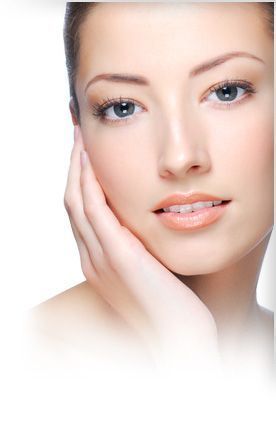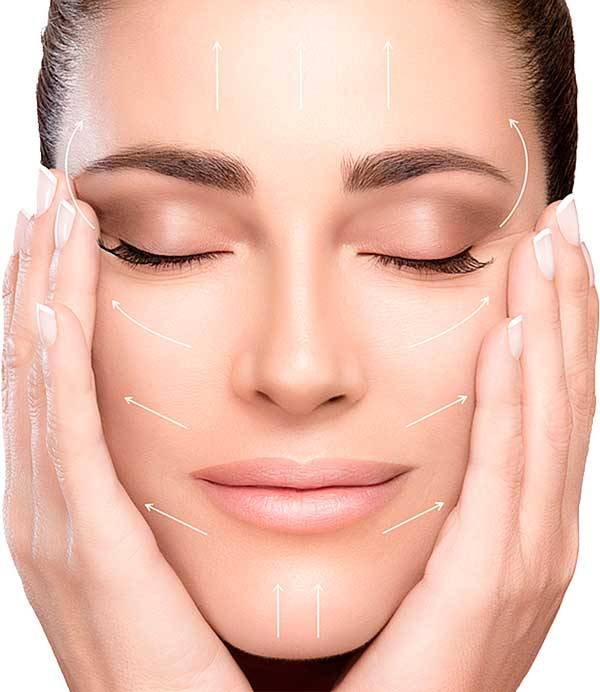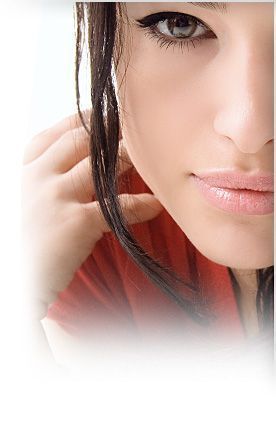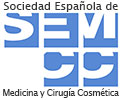Botulinum Toxin
Video subtitled in English
Botulinum toxin is a naturally occurring compound produced by the bacterium Clostridium botulinum. Although its name may sound intimidating, this substance has proven to have a wide range of applications in the medical field. In this article, we will explore what botulinum toxin is, its different types and the most common uses for it today.
What is Botulinum Toxin?
Botulinum toxin is a neurotoxin complex secreted by a micro-organism called Clostridium Botulinum, this toxin is completely biological, meaning that it is not created chemically or synthetically. Although this bacterium can be harmful in large quantities, botulinum toxin is used in very small doses for medical purposes. It works by blocking the nerve signals that control muscle contraction, making it an effective tool in the treatment of various medical and cosmetic conditions.
In short: It relaxes the desired muscles temporarily, for a few months.
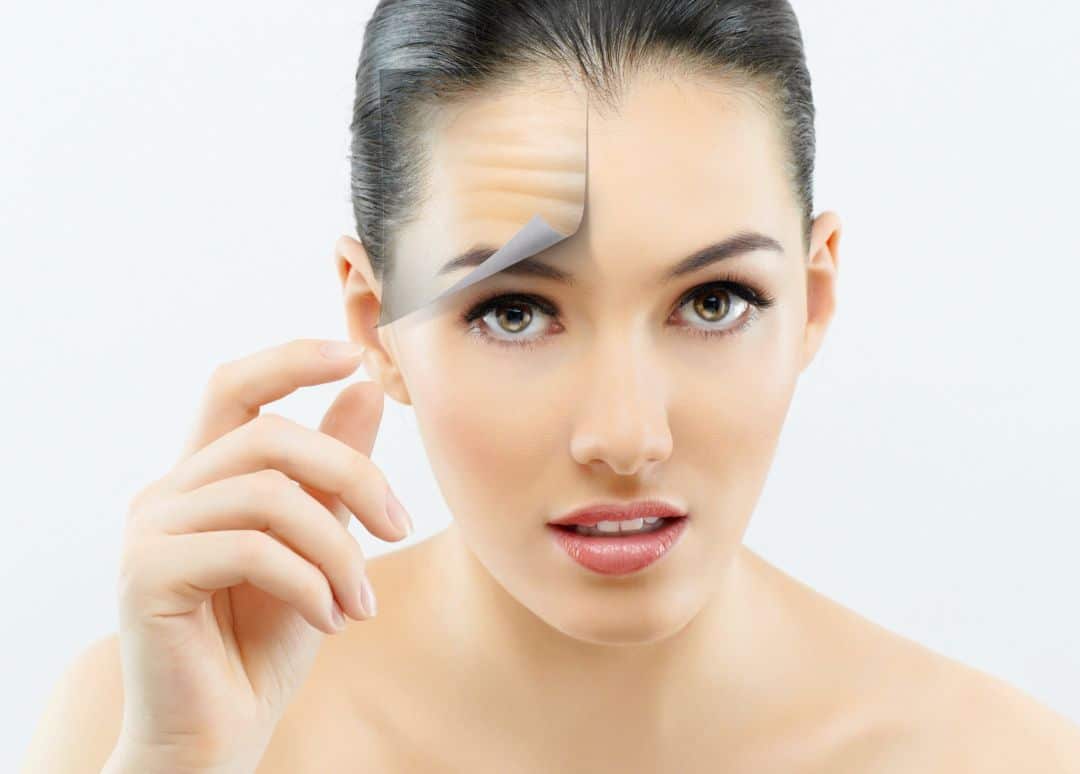
Types of Botulinum Toxin
Different strains of Clostridium Botulinum produce 7 immunologically distinct types of toxin (A to G). The ones approved for clinical use are A and B. Among them, type A is the most widely used because of its efficacy.
Different brands of botulinum toxin type A are marketed in Europe. The essential differences between one brand and another are practically the presentation and the laboratory that manufactures them.
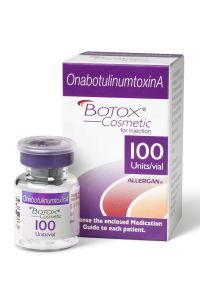
Uses of Botulinum toxin
Initially the use of this treatment was medical. The first clinical application of local infiltration of botulinum toxin was carried out in 1977 as a corrective treatment for strabismus, an ophthalmological condition characterised by hyperactivity of the muscles responsible for moving the eyeball. Since then, its use has spread not only in the field of curative medicine, but also in aesthetic medicine and surgery. There are more and more applications for this treatment.
Among the different uses of botulinum toxin, we can highlight the following:
- Treatment of facial wrinkles
- Eyebrow lifting
- Treatment of hyperhidrosis (excessive sweating)
- Correction of facial asymmetry
- Treatment of expression lines on the neck
- Reduction of bruxism (involuntary clenching or grinding of teeth)
- Treatment of chronic migraines
- Treatment of muscle elasticity
In this article we will focus on its aesthetic use, although we will briefly discuss the other possibilities.

Book a visit
You can do it in 3 ways:
– Free on-site visit: Call +34 932066540 from Monday to Thursday from 9:00 am to 6:00 pm and Friday from 9:00 am to 3:00 pm.
– Free on-site visit with IMMEDIATE booking: For booking outside office hours. We charge 60 € on your card to avoid false bookings. It is refunded on the day you come to the consultation.
– ONLINE Visit: Video conference using whatsapp or Zoom. Cost of 60 € non-refundable. When booking indicate in the comments that you want videoconferencing and not on-site.

Book a visit
You can do it in 3 ways:
– Free on-site visit: Call +34 932066540 from Monday to Thursday from 9:00 am to 6:00 pm and Friday from 9:00 am to 3:00 pm.
– Free on-site visit with IMMEDIATE booking: For booking outside office hours. We charge 60 € on your card to avoid false bookings. It is refunded on the day you come to the consultation.
– ONLINE Visit: Video conference using whatsapp or Zoom. Cost of 60 € non-refundable. When booking indicate in the comments that you want videoconferencing and not on-site.
1 – Facial wrinkle treatment
Treatment of facial wrinkles with botulinum toxin is one of the most common and popular uses. By injecting small amounts of the toxin into the muscles responsible for wrinkles, it blocks muscle contraction and smoothes lines and wrinkles, giving a more youthful and rested appearance. Botulinum toxin is mainly used in areas such as the forehead, crow’s feet around the eyes and frown lines between the brows. The procedure is quick and generally painless, and results are usually visible within a few days, lasting several months.
In addition to its aesthetic effect in wrinkle reduction, botulinum toxin treatment can also have therapeutic benefits. By relaxing facial muscles, it can relieve conditions such as blepharospasm (involuntary blinking), hemifacial spasm (involuntary muscle contractions on one side of the face) and cervical dystonia (painful muscle contractions in the neck).
We all know someone or know of people who have had this treatment, but it should not be taken lightly.
For the treatment of facial wrinkles it is necessary to have a broad knowledge of the facial musculature, as well as experience and skill to achieve optimal aesthetic results.
This is why Clínica Sanza recommends that a highly trained professional performs the procedure.
In order to better explain the treatment of wrinkles with botulinum toxin, it is important to know that there are two types of wrinkles, and both are treatable: dynamic and static wrinkles.
Dynamic wrinkles
These are all those wrinkles, or furrows in the skin, that appear when you make an expression or facial movement such as smiling or frowning. These wrinkles do not usually cause any discomfort to anyone, but over the years they may become deeper and more noticeable, even annoying at certain ages or unsightly.
Static wrinkles
Dynamic wrinkles become static wrinkles with the passage of time, which means that, without the need to make any expression or voluntary movement, they are visible to the naked eye on the face.

These wrinkles appear with advancing age.
As mentioned above, both types of wrinkles are treatable, as long as the points of application of the botulinum toxin are carefully analysed.
The doctor must assess your face and gestures, as well as your expression lines. Pay attention to every facial movement that bothers you and agree with you which wrinkles and expression lines can be attenuated or completely paralysed so that the result looks as you wish.
2 – Hyperhidrosis (Sweating) Treatment
Hyperhidrosis is an overstimulation of the sweat glands, anywhere on the body, which can be stopped by botulinum toxin.
Botulinum toxin type A treatment for frontal, axillary, palmar or plantar hyperhidrosis is highly effective. The mechanism of action of the toxin at this level consists of chemical denervation of the sympathetic nerve endings receptors in the sweat glands, which inhibits the creation of sweat. The results are noticeable 3 to 4 days after treatment, and the duration of treatment is about 6 months.
Repeated application of the treatment over the years can make the problem disappear definitively, so we recommend repeating it 2 or 3 times a year, if necessary, and for a few years so that less and less doses are needed or to achieve definitive results.
3 – Eyebrow lifting
Another way of using botulinum toxin is to relax the lateral and external portion of the orbicularis oculi muscle. The aesthetic effect of elevating the tail of the eyebrow is a sign of rejuvenation especially in women.
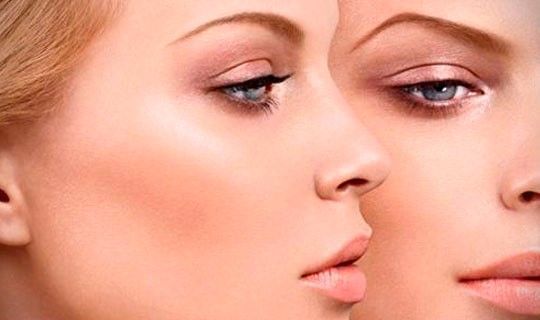
We must bear in mind that the muscle responsible for lifting the eyebrows is the frontalis muscle, especially in the central part.
In the lateral part or tail of the eyebrow, the orbicularis muscle, just below the eyebrow hair, has the function of pulling the eyebrow downwards, so applying botulinum toxin in this region relaxes this muscle and thus raises the tail of the eyebrow to give a more refined and youthful appearance.
Care must be taken not to raise the tail of the eyebrow too much and cause a surprised face effect.
4 – Correction of facial asymmetry
Botulinum toxin can be used to correct mild facial asymmetries. By selectively relaxing certain facial muscles, a more harmonious balance in facial appearance can be achieved.
5 – Treatment of expression lines on the neck
In addition to its application to the face, botulinum toxin can be used to treat expression lines on the neck. This helps to reduce the appearance of muscle bands and vertical wrinkles in that area.
6 – Reduction of bruxism
Bruxism is the involuntary habit of clenching or grinding the teeth, which can cause tooth wear and facial pain. Botulinum toxin can be injected into the jaw muscles to reduce the force of chewing and relieve the symptoms of bruxism.
7 – Treatment of chronic migraines
People suffering from chronic migraines often find relief with the application of botulinum toxin to specific areas of the head and neck. This treatment can reduce the frequency and intensity of migraines.
8 – Treatment of muscle spasticity<-span>
Botulinum toxin is used in the treatment of muscle spasticity, a condition in which muscles become stiff and inflexible due to neurological damage. Injecting botulinum toxin into affected muscles can help relax them and improve function and mobility.
Conclusion
Botulinum toxin is a versatile tool in the medical field, with applications beyond aesthetic medicine. From the treatment of facial wrinkles to the relief of hyperhidrosis and the correction of facial asymmetries, its use has been shown to be safe and effective. However, it is important that these procedures are performed by trained medical professionals to ensure optimal and safe results. If you are considering botulinum toxin treatment, consult with a specialist to assess your individual needs and expectations.
Before and after photos of botulinum toxin application
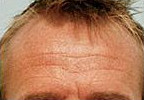

Differences between Hyaluronic Acid and Botulinum Toxin video
People often confuse the two terms. This video explains very briefly the difference between botulinum toxin and hyaluronic acid. Both are used to remove wrinkles but they are not the same, you have to use one or the other depending on the wrinkle to be treated and the area of the face.
Video subtitled in English
Whatever your case may be, do not hesitate to consult us.
Clínica Sanza in Barcelona, quality of service




